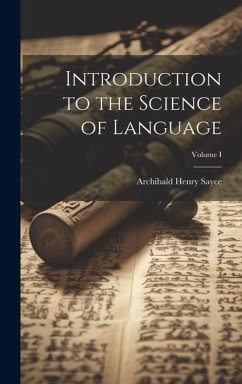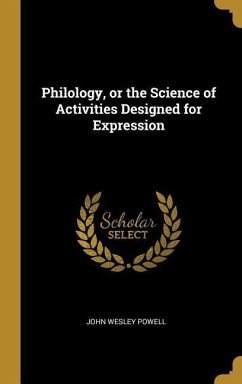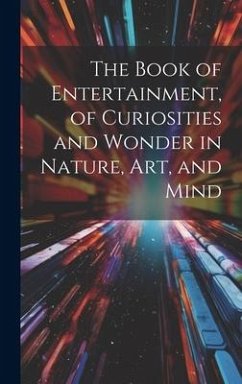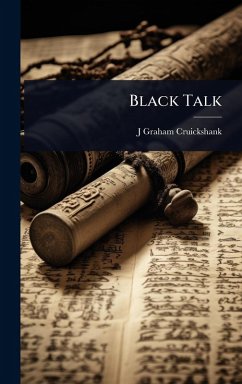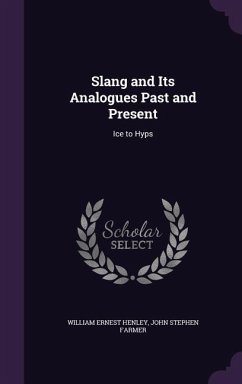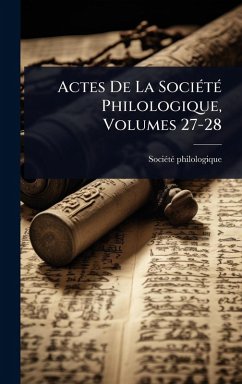
International Language and Science; Considerations on the Introduction of an International Language Into Science
Versandkostenfrei!
Versandfertig in über 4 Wochen
29,99 €
inkl. MwSt.
Weitere Ausgaben:

PAYBACK Punkte
15 °P sammeln!
"International Language and Science" explores the compelling arguments for adopting a universal language to facilitate international scientific collaboration and understanding. Authored by a distinguished group of scholars including Wilhelm Ostwald, Louis Couturat, Otto Jespersen, Richard Lorenz, Leopold Pfaundler von Hadermur, and F. G. Donnan, this work delves into the practical and theoretical considerations of integrating an international language into the scientific community. Published in 1910, this collection of essays highlights the potential benefits of a common linguistic tool, exami...
"International Language and Science" explores the compelling arguments for adopting a universal language to facilitate international scientific collaboration and understanding. Authored by a distinguished group of scholars including Wilhelm Ostwald, Louis Couturat, Otto Jespersen, Richard Lorenz, Leopold Pfaundler von Hadermur, and F. G. Donnan, this work delves into the practical and theoretical considerations of integrating an international language into the scientific community. Published in 1910, this collection of essays highlights the potential benefits of a common linguistic tool, examining how it could streamline communication, reduce translation barriers, and foster greater cooperation among scientists from diverse backgrounds. The authors address various aspects, from the structure and design of international languages like Esperanto to their potential impact on scientific progress and global unity. This book offers valuable insights for linguists, scientists, and anyone interested in the history and future of international communication. This work has been selected by scholars as being culturally important, and is part of the knowledge base of civilization as we know it. This work was reproduced from the original artifact, and remains as true to the original work as possible. Therefore, you will see the original copyright references, library stamps (as most of these works have been housed in our most important libraries around the world), and other notations in the work. This work is in the public domain in the United States of America, and possibly other nations. Within the United States, you may freely copy and distribute this work, as no entity (individual or corporate) has a copyright on the body of the work. As a reproduction of a historical artifact, this work may contain missing or blurred pages, poor pictures, errant marks, etc. Scholars believe, and we concur, that this work is important enough to be preserved, reproduced, and made generally available to the public. We appreciate your support of the preservation process, and thank you for being an important part of keeping this knowledge alive and relevant.



